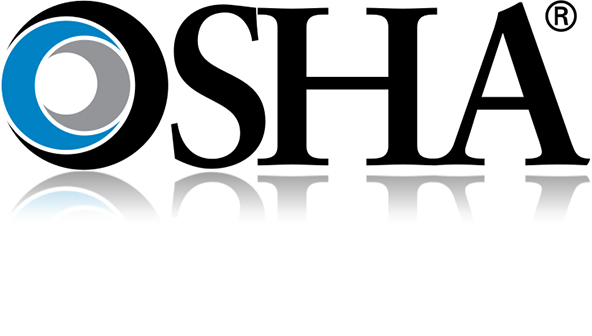OSHA has released a new proposal to dramatically lower permissible beryllium levels in the workplace. Calling the change “long-sought,” OSHA estimates that it could potentially impact 35,000 American workers. Beryllium is widely-used in industries like aerospace, rocketry, and armament manufacturing because of its strength, stability, and resistance to extremes of temperature. Small amounts can also be found in some consumer electronics. Exposure to dangerous levels of beryllium can lead to lung disease which is often be fatal. From the earliest days of the Manhattan Project, beryllium poisoning has been associated with the creation and maintenance of nuclear weapons.
The current eight-hour permissible exposure limit for beryllium is two micrograms per cubic meter of air — a standard which has not changed since being first set in 1948, pre-dating OSHA itself. The new proposed standard would lower the limit to 0.2 micrograms. It would also require additional PPE, training, medical exams, and medical surveillance for workers. OSHA says it estimates that these measures will prevent 100 deaths per year.
The push for a new standard on beryllium comes in part from Materion, the country’s largest beryllium manufacturer, and the United Steelworkers Union, which represents many workers who use the substance in their day-to-day work.
“This proposal will save lives and help thousands of workers stay healthy and be more productive on the job,” said U.S. Secretary of Labor Thomas E. Perez in a prepared statement. “We’re pleased that industry has been such a strong voice in advocating for a more rigorous standard. The proposal is strong because of unprecedented partnership between manufacturers and the United Steelworkers.”
As the same time, NIOSH has released its own announcement calling for the reduction of worker exposure to diacetyl. Diacetyl is a naturally occurring organic compound which is often used in food manufacturing to give a “buttery” flavor. It is used by manufacturers of artificial butter flavorings, margarines, and oils. Overexposure to diacetyl by workers has been associated with serious and potentially fatal lung diseases like obliterative bronchiolitis (sometimes called “popcorn lung”).
The new announcement released by NIOSH makes several proposals to reduce the dangers faced by workers exposed to diacetyl on the job. The new measures include requiring regular sampling of workplace air for safety analyses, and new engineering controls to improve ventilation. It also proposes use of improved PPE and medical surveillance.
NIOSH also seems to believe that these new controls could also prove salutary for workers handling similar materials. Their announcement reads in part: “Although these guidelines emphasize diacetyl, they can be applied to reduce exposures to diacetyl substitutes such as 2,3-pentanedione and other alpha-diketones.”
While NIOSH says that “it is difficult to quantify the number of employees. . . who have diacetyl or diacetyl substitute exposure in the United States,” it cites Department of Commerce statistics showing that 21,000 workers are classified as working in facilities that may handle the chemical, and Flavor Extract Manufacturers Associate figures that show 6,520 Americans work directly in flavor manufacturing laboratories.
The recent agency announcements are a good reminder that employers have a responsibility to track not only broader EHS regulations, like HazCom and EPCRA, but also regulatory guidance on an individual chemical level.







